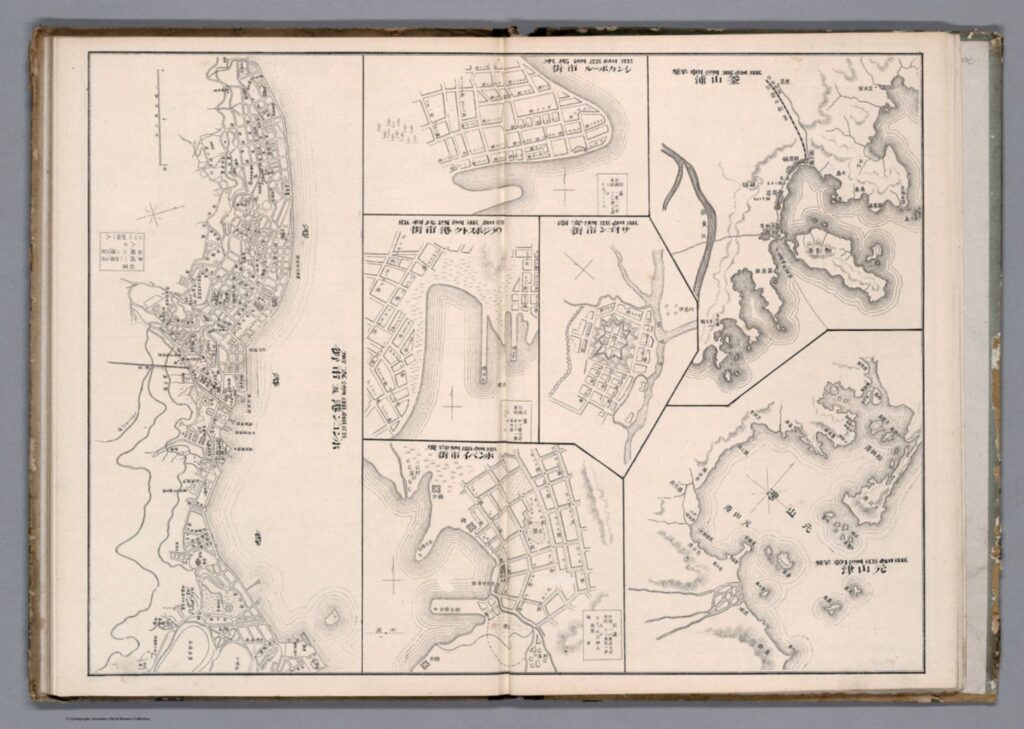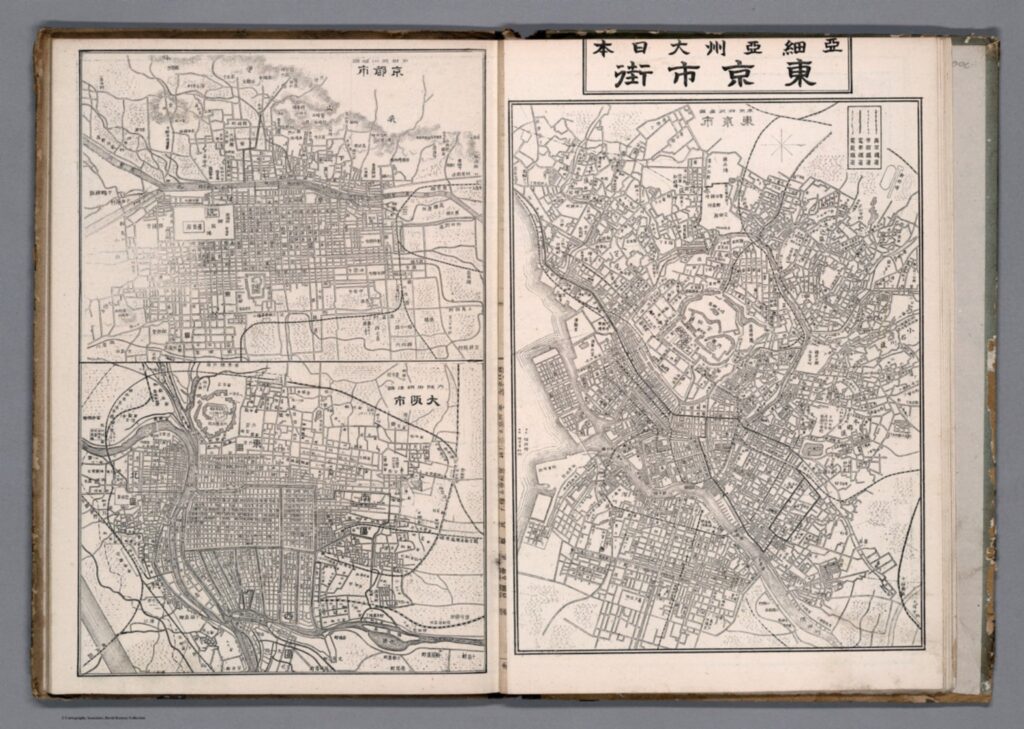A universal understanding of translation is that the translated text can never be one hundred per cent accurate. It is even more complicated to translate theories which are abstract and ambiguous. Scholars could produce different results of translation based on their own interpretations. Therefore, it is inevitable that the translator’s interpretation will affect the translated text. Their choices of phrases and the formation of sentences could reflect their understanding of the original text. I will compare the English-translated edition of Lefebvre’s famous work The Production of Space with its Chinese-translated edition and argue that the choice of words, phrases, and terms can reflect the development of studies on Lefebvre and the interpretation and the translator’s own understanding of the original text.
The first Chinese translation of The Production of Space was published in 2021. As the translator himself said in the preface that translating The Production of Space into Chinese was a difficult task, and many versions of translation in different languages were referred to.1 From the date signed at the end of the preface, we could know that the first draft of the preface was created in 2014, and its final edition was finished in 2021. It could be assumed that the translator spent approximately seven years translating this work. The English version was first published in 1991. There is a thirty-year gap between these two publications. The time gap affects the choice of words of the translators. One point worth noticing is that in the introduction chapter, Chinese translators use the term ‘trialectics’ (三元空间辩证法) to address Lefebvre’s theory of space triad. This term is never mentioned in the English translation because it only appeared until 1996 in an article written by geographer and urbanist Edward Soja on the theory of Lefebvre. Due to the late publication time and the evolution of research on Lefebvre, Chinese translators had more resources and published works about Lefebvre for reference. They could gain more knowledge and methodologies, which were developed in the past thirty years, to interpret Lefebvre.
No matter how many new terms the Chinese version adopts from the later research about Lefebvre, there is not much assistance for Chinese translators on the translation of the most fundamental concepts in Lefebvre’s theory . The choice of the word in Chinese could create huge differences. One of the critical terms of Lefebvre’s spatial theory is the title of the book “the production of space”. This term reveals his adaptation of Marx’s mode of production. Lefevbre claims that “space is a product”.2 In the Chinese version, ‘production’ is translated as Shengchan 生产(it literally means ‘production’, more frequently used to address industrial production, production in factories. )rather than Chansheng (also has the meaning ‘production’ but can indicate a broader range of production. If we look up the word ‘production’ in a French dictionary, its meaning in French and English is highly similar to each other. They can both indicate the meaning of Shengchan and Chansheng in Chinese. The possible explanation for this choice could be that choosing Shengchan over Chansheng demonstrates an emphasis on the Marxist influence in Lefebvre’s theory. As mentioned above, Lefebvre’s space theory has an inseparable connection with Marx’s mode of production. Marx’s production theory is translated as Shengchan in Chinese since Marx’s production does not have multiple potential meanings. It only indicates the activities of using resources to produce or make, and its meaning is closer to Shengchan than Chansheng. Shengchan guarantees the consistency of translated academic terms and is more suitable to the Marxian context in The Production of Space. Therefore, when more than one choice were displayed in front of the translators, they chose Shengchan. Also, due to the vital status of Marxian theory in China, the translator might be inclined to deliberately use Shengchan to make the Marxian influence more conspicuous to the readers.
Besides the title, differences between English and Chinses translations are also caused by different strategies of translation for the key terms. The most prominent case is the translation of the spatial triad. Their Chinese translation would cause more confusion to some extent. Representational space is translated as Biaozhengxing Kongjian 表征性空间, Xiangzhengxing Kongjian 象征性空间, Biaoxiangxing Kongjian 表象型空间 and Zaixianxing Kongjian 再现性空间. They are all translations of ‘representational space’. I will focus on the comparison between Biaozheng xing 表征性 and Zaixian xing 再现性 here. The translation of “representation” is a constant debate in Chinese academia. The phrase Zaixian appeared far earlier than Biaozheng in the discourse of translating ‘representation’. However, the use of Biaozheng gradually became more frequent than Zaixian.3 In the case of Chinese The Production of Space, the translators choose to use both of these two words, sacrificing consistency. The translators change the translated term according to the context. These two words could lead to divergence in interpreting Lefebvre’s representational space. Biaozheng indicates the embodiment of the complex symbolism of this concept; Zaixian, a traditional way of translating ‘representation’, could help a Chinese researcher to instantly refer it to the English or French word ‘representation’. In addition, Biaozheng, compared to Zaixian, is a term more frequently used in scientific disciplines. They have distinct academic contexts. Therefore, when a translator deliberately chooses one of them in the context of The Production of Space, the choice must be made based on his or her interpretation of the context.
The comparison between the English and Chinese translations of The Production of Space does not only indicate a linguistic difference between the two languages. Translation could reflect more information, such as the development of Lefebvre’s research over thirty years, debates on translation in Chinese academia and the unconscious emphasis on certain concepts. All of them could reveal the different academic interests and mindsets of the two academia. Sometimes a translated book could be read as more than just a translation, but also as an interpretative piece of the original one.
- Henri Lefebvre, The Production of Space, trans. Liu Huaiyu (The Commercial Press, 2021), p.xxi. [↩]
- Henri Lefebvre, The Production of Space, trans. Donald Nicholson-Smith (Oxford: Basil Blackwell Ltd, 1991), p.26 [↩]
- Yi Heng, Zhao, ‘Biaozheng or Zaixian? The distinction of concepts needs to be resolved immediately’, https://www.sohu.com/a/198947364_652768 {Accessed 30.9.2022}. [↩]

